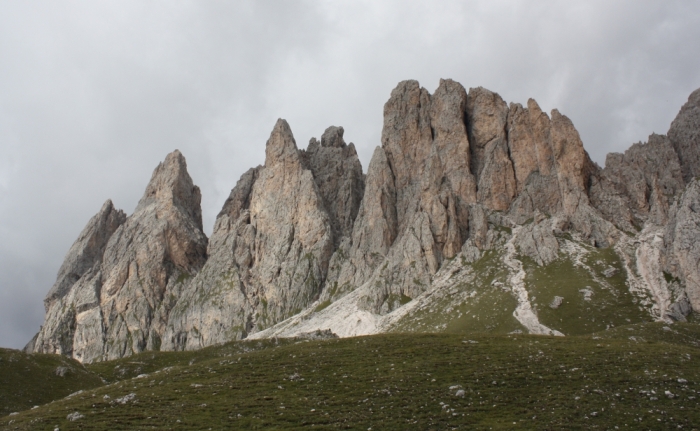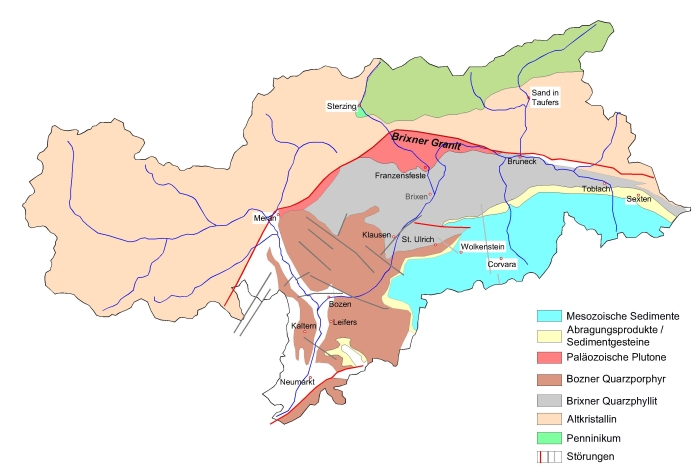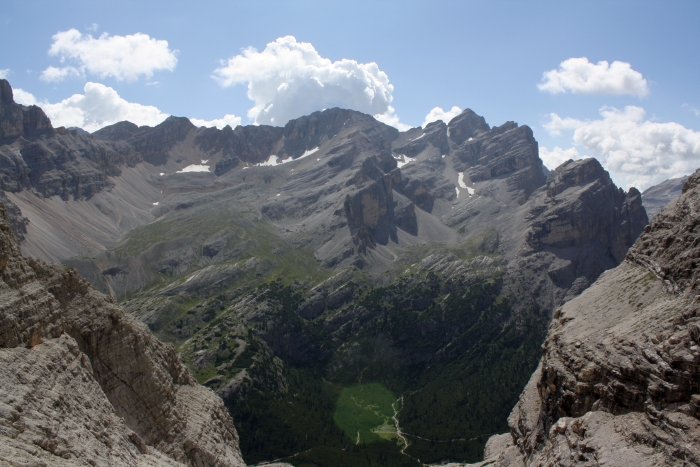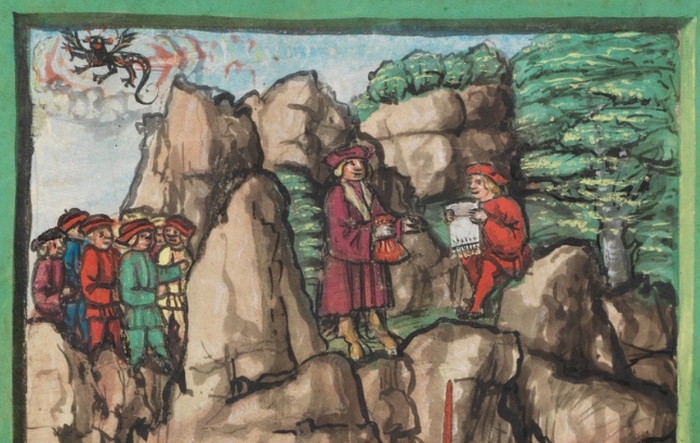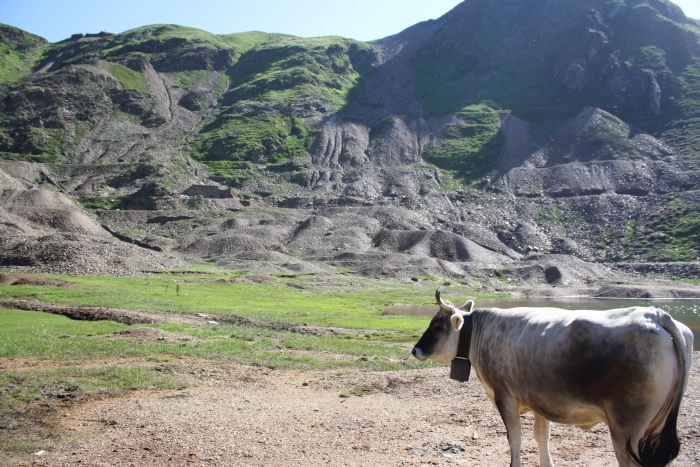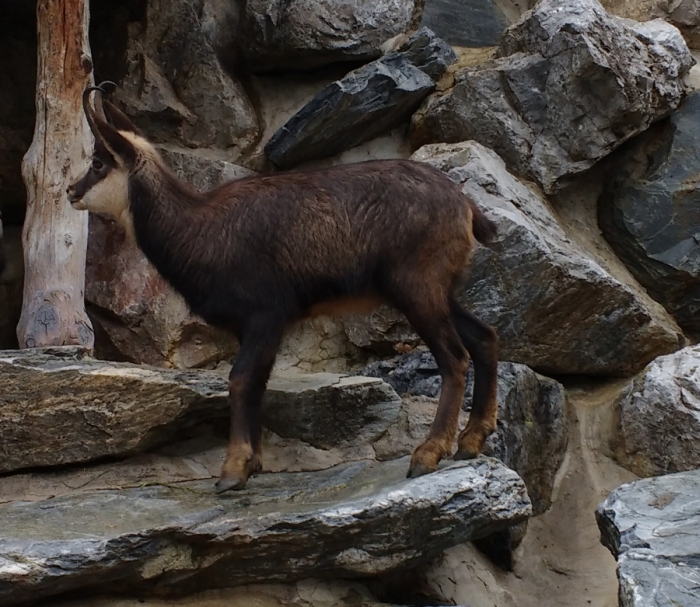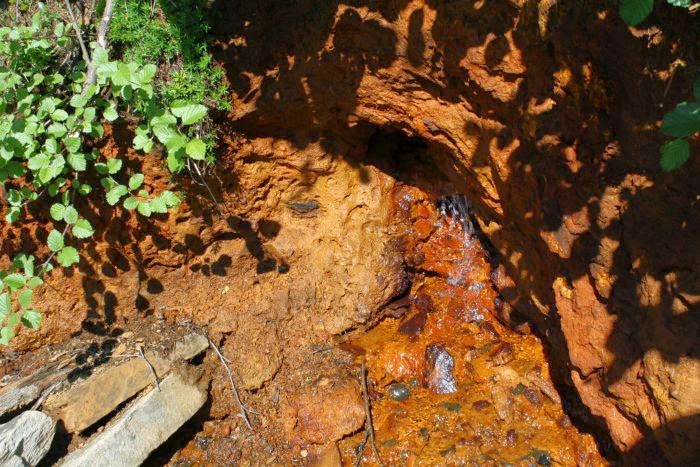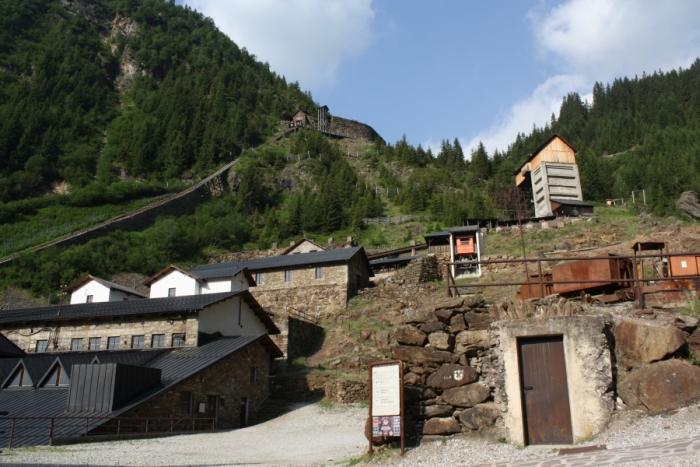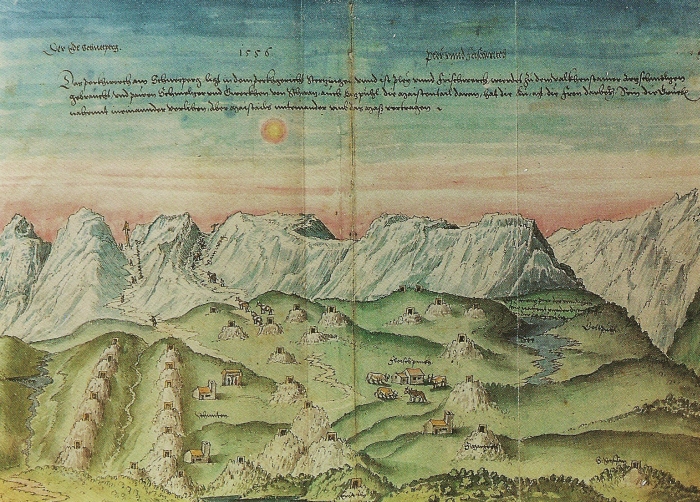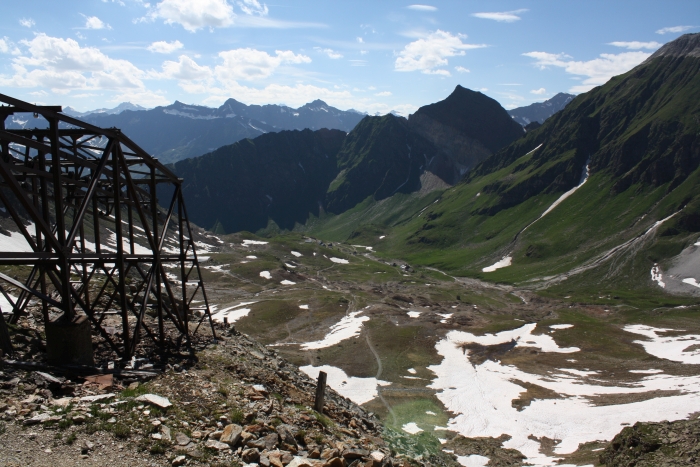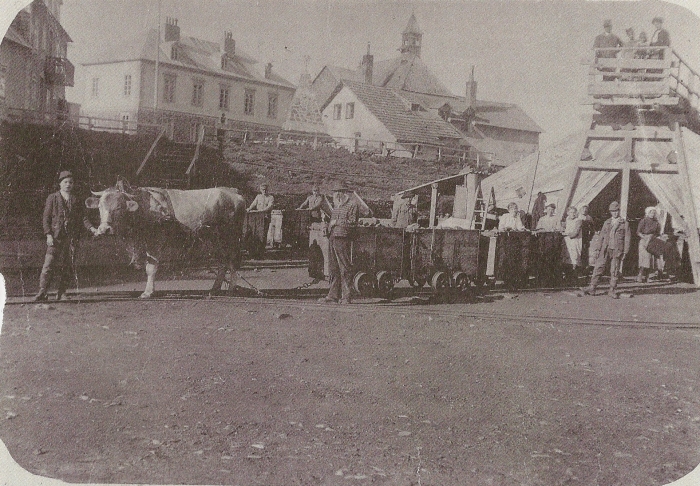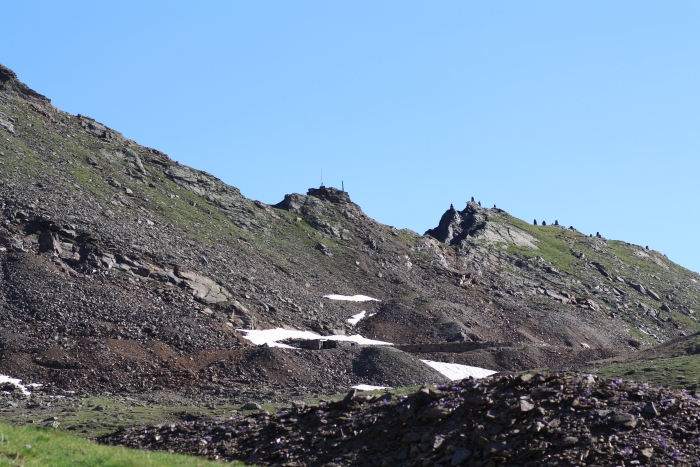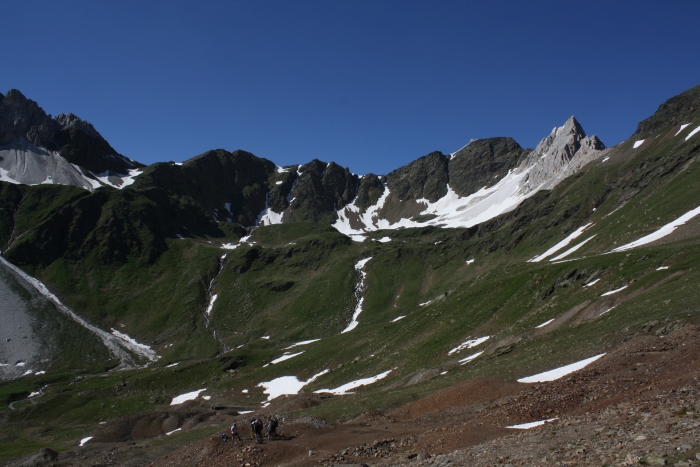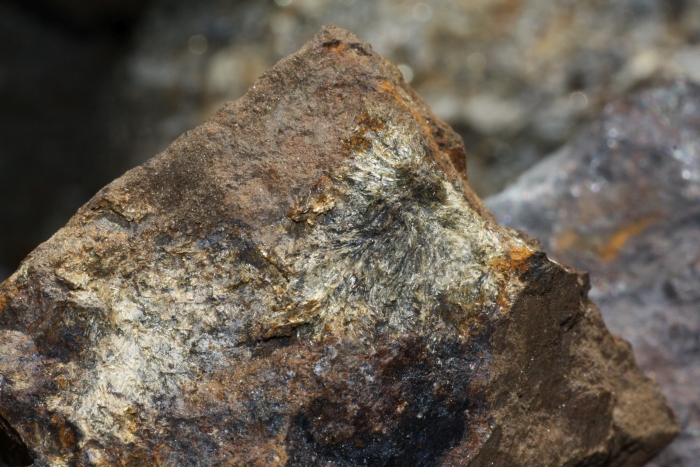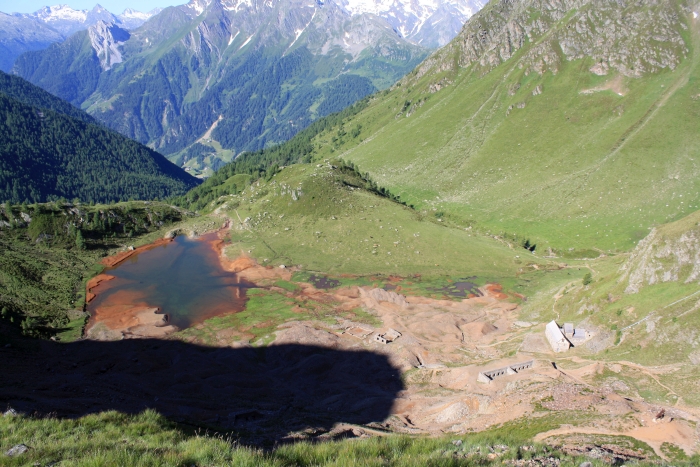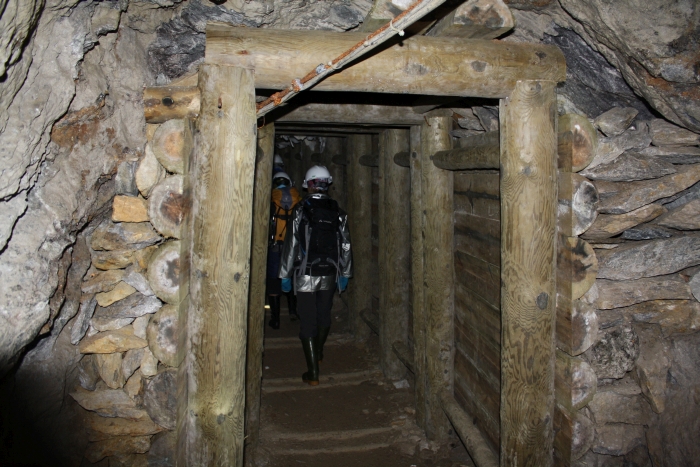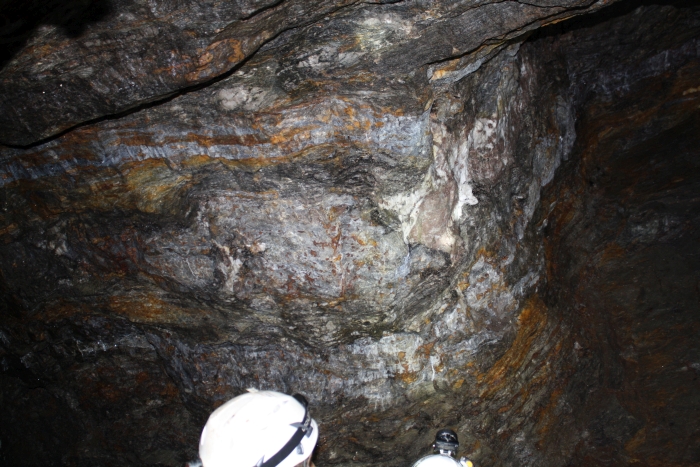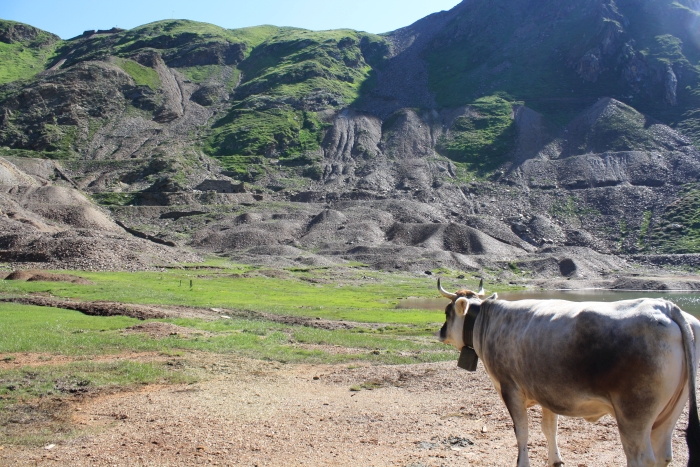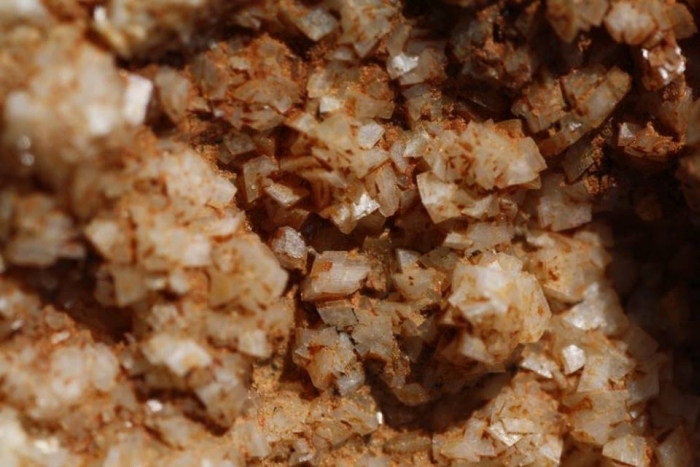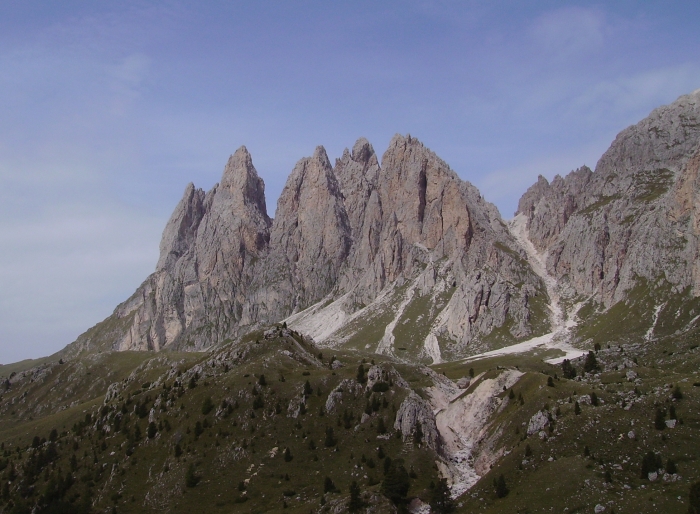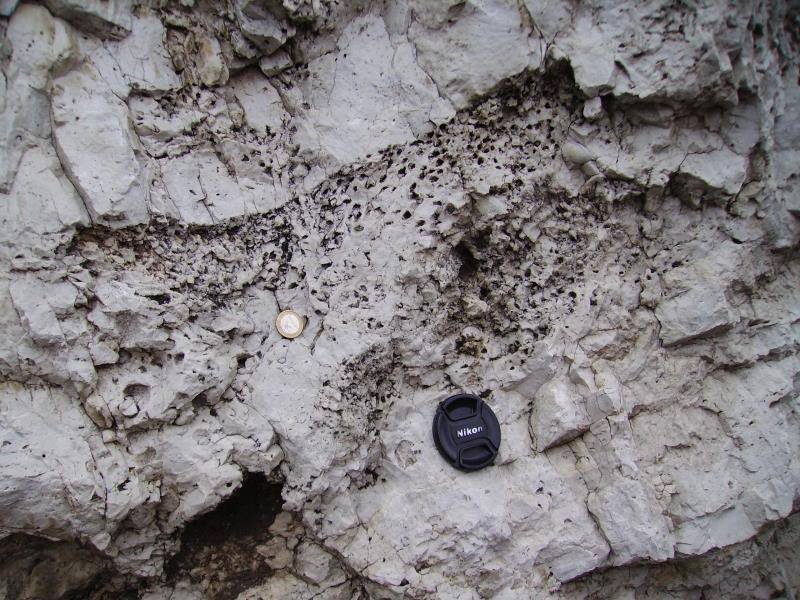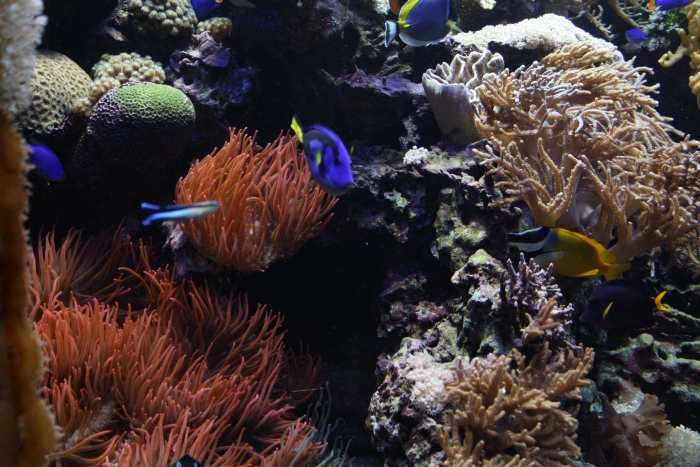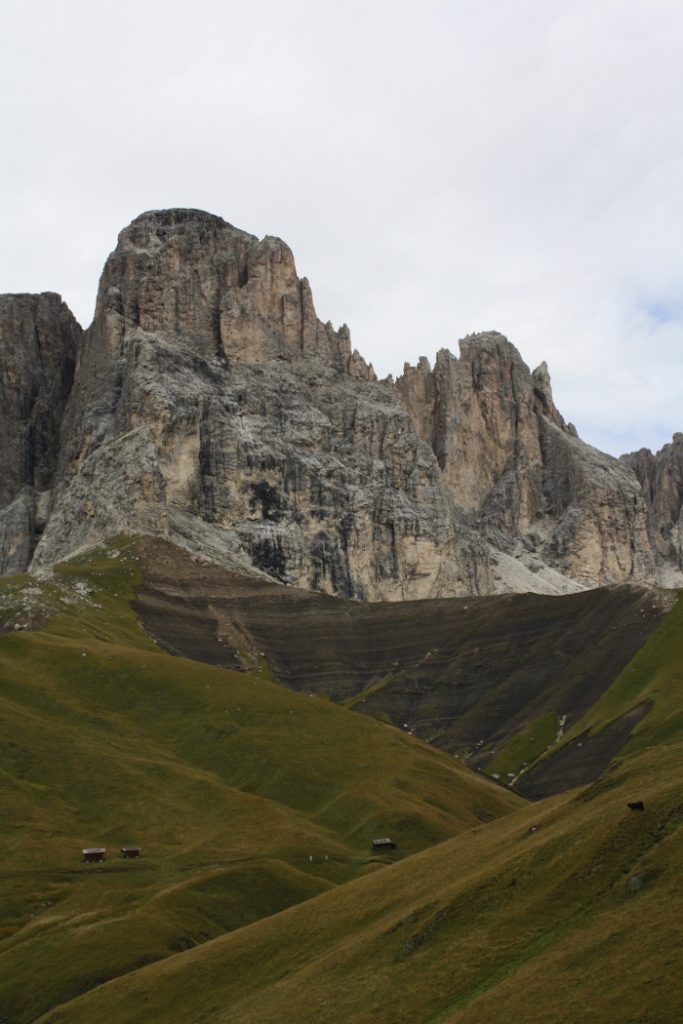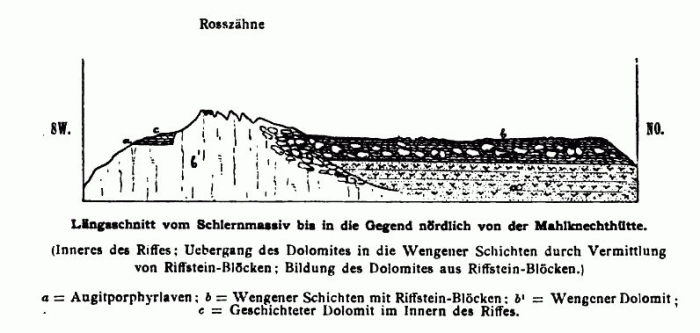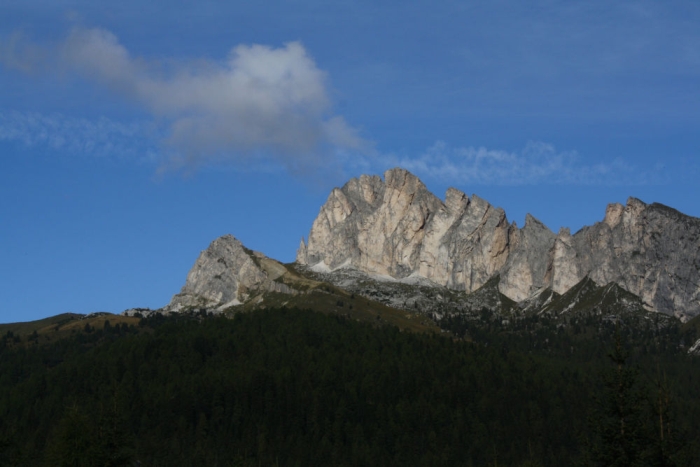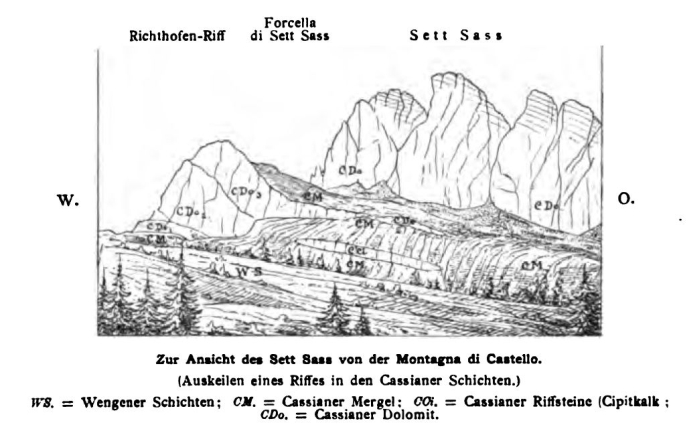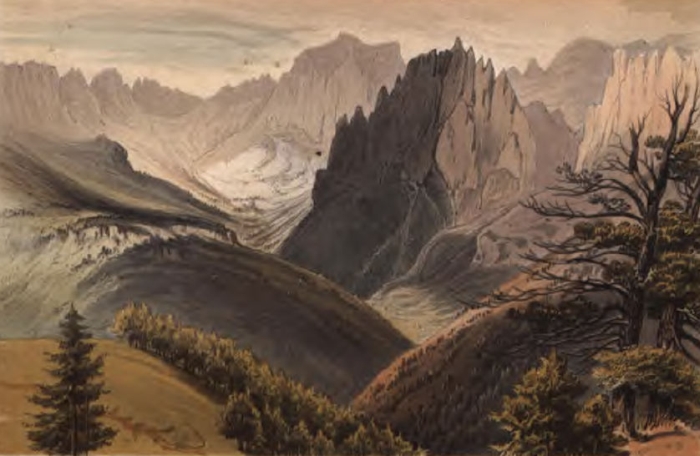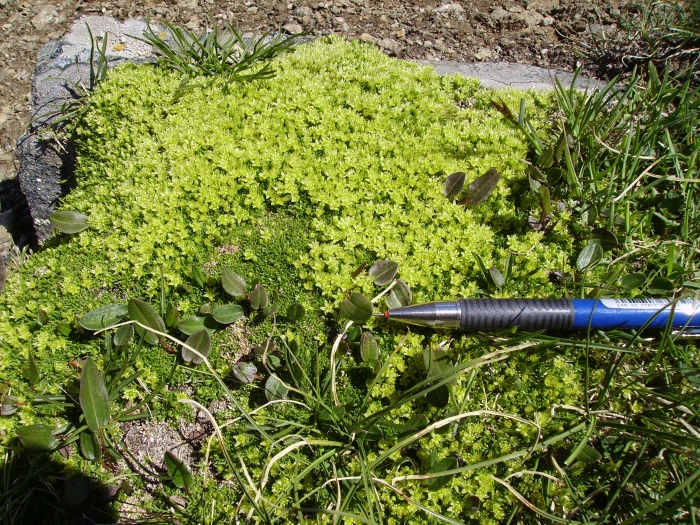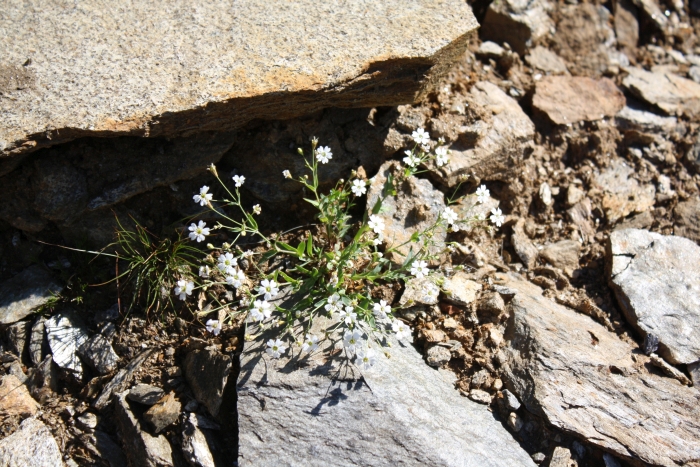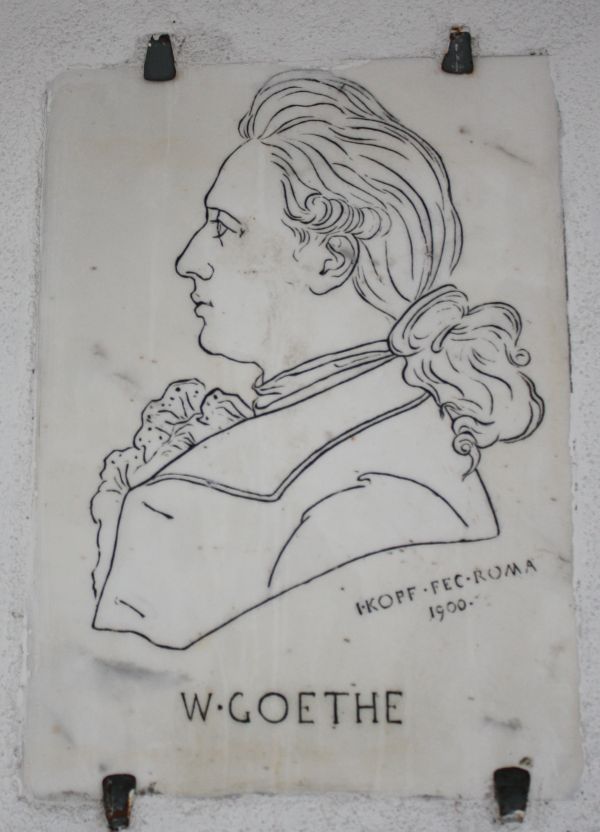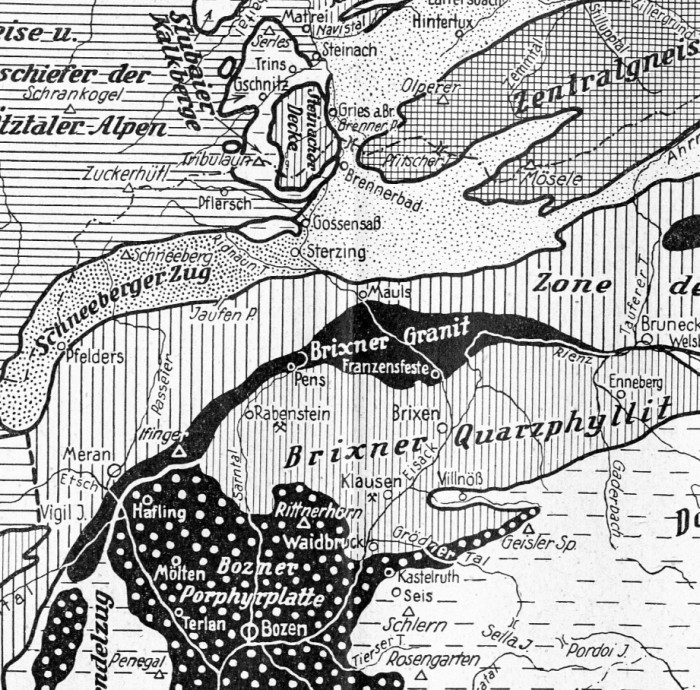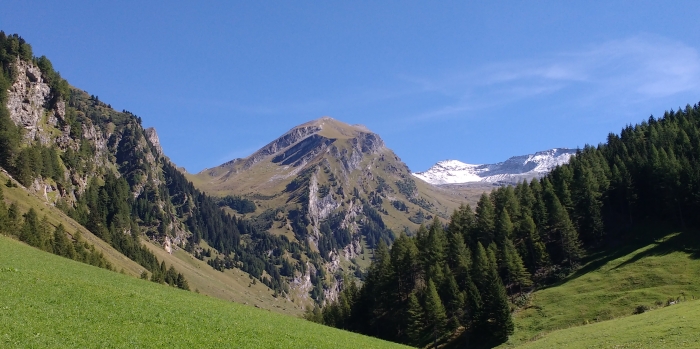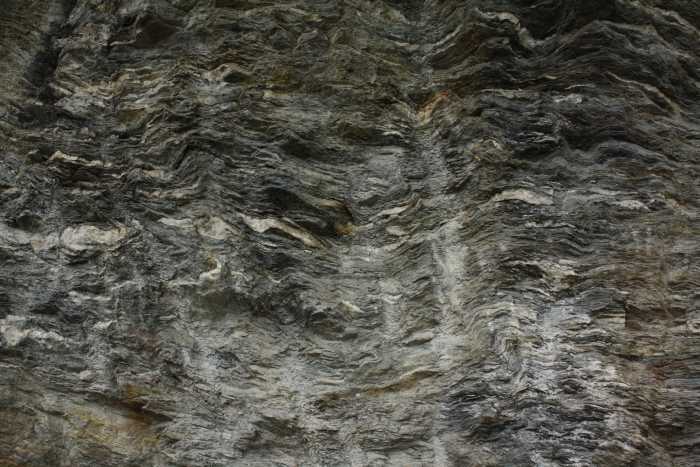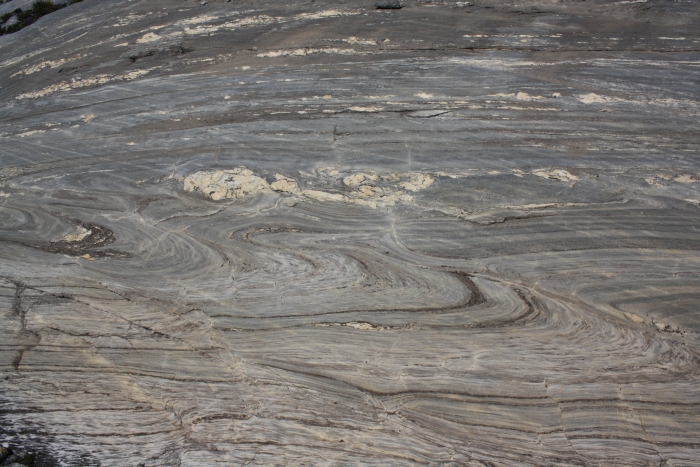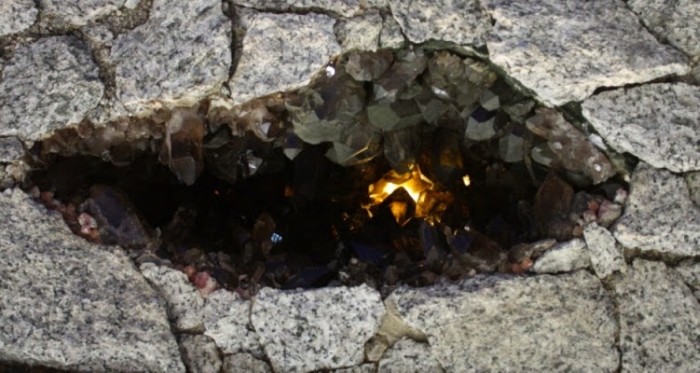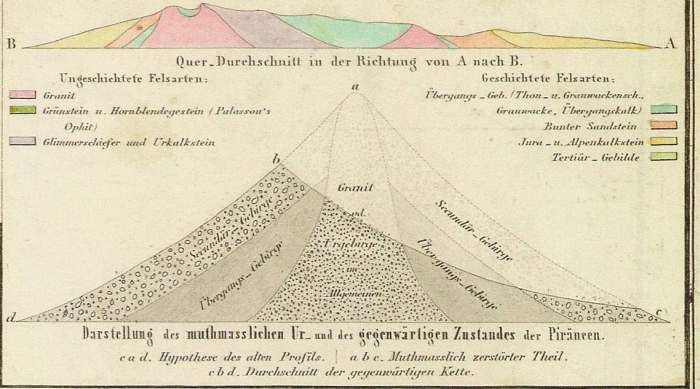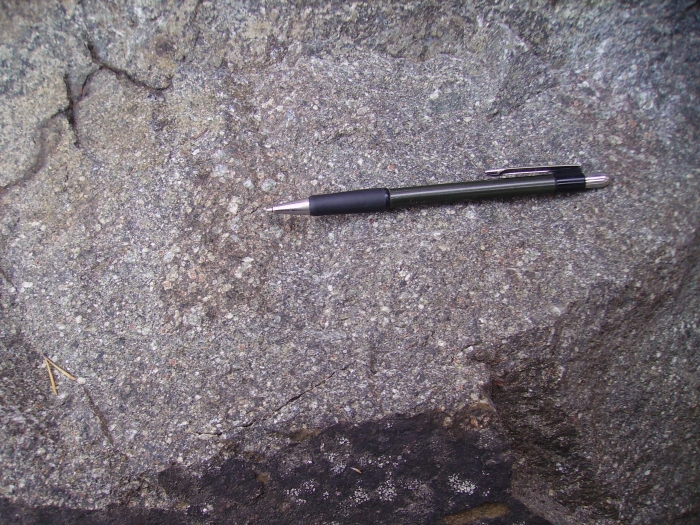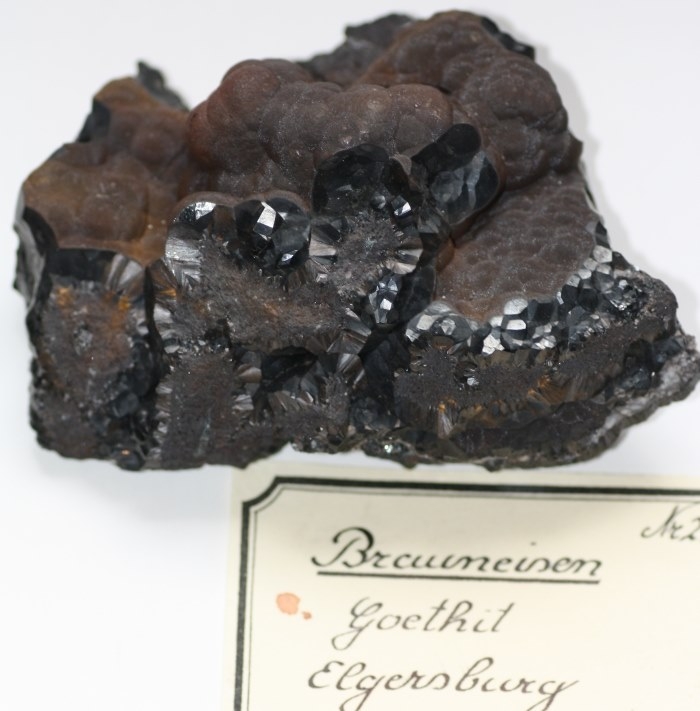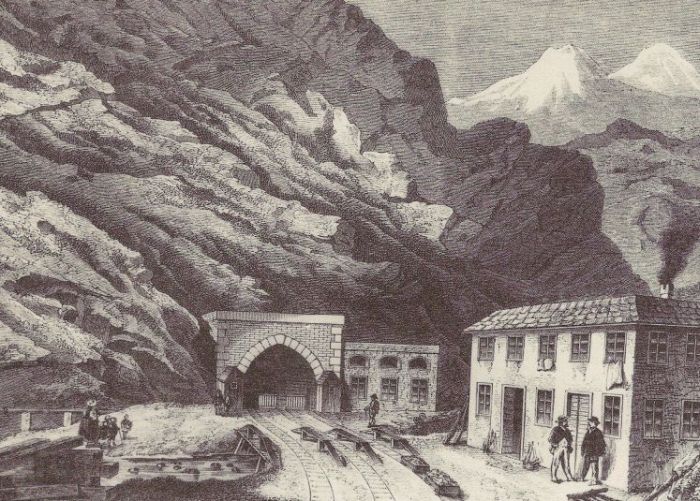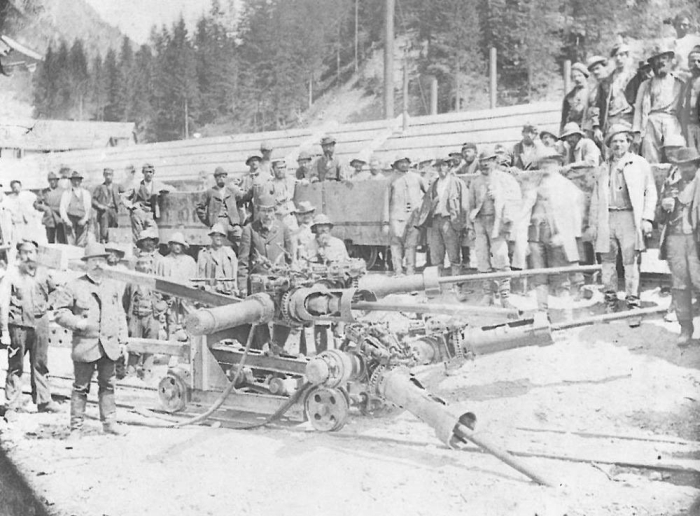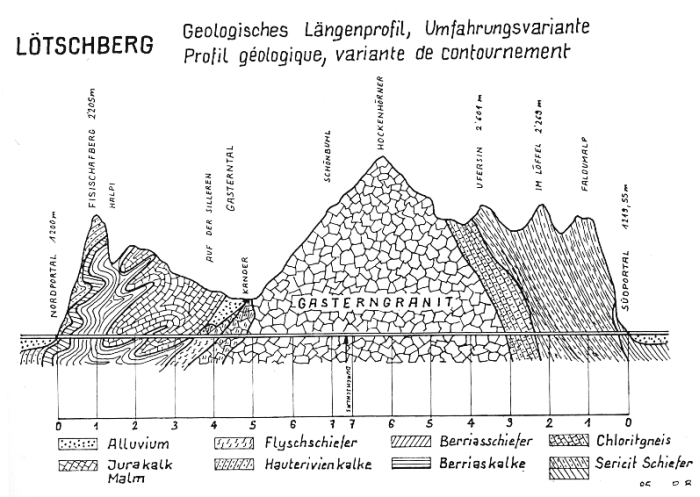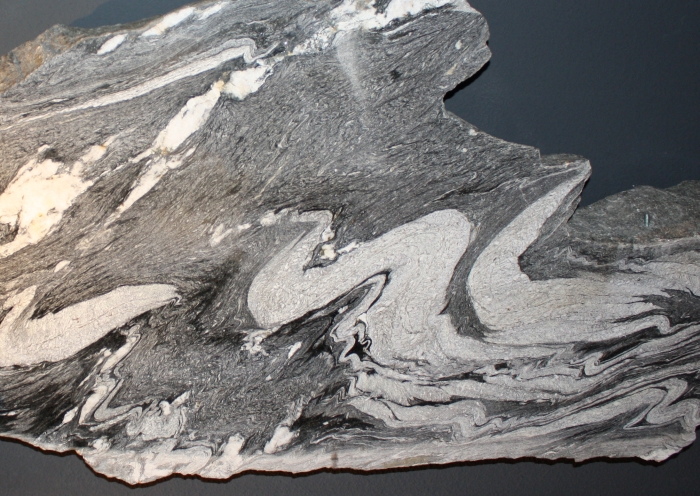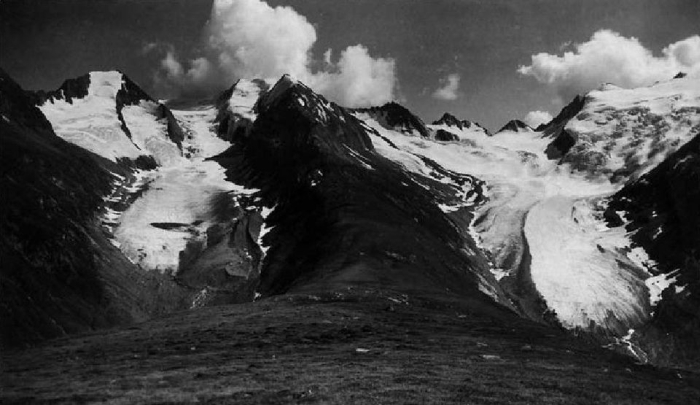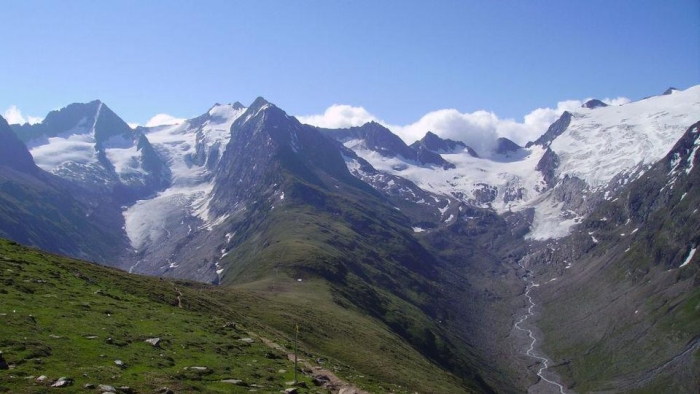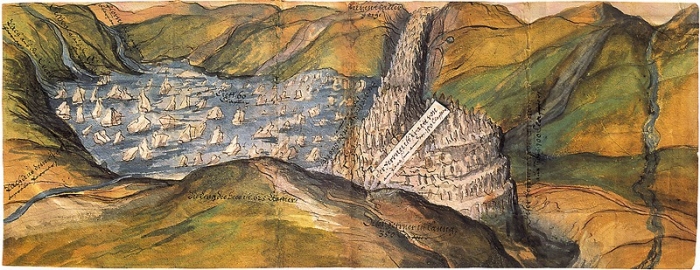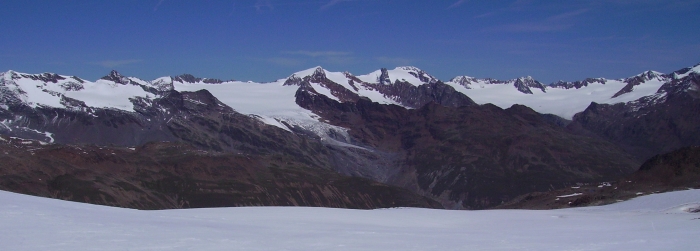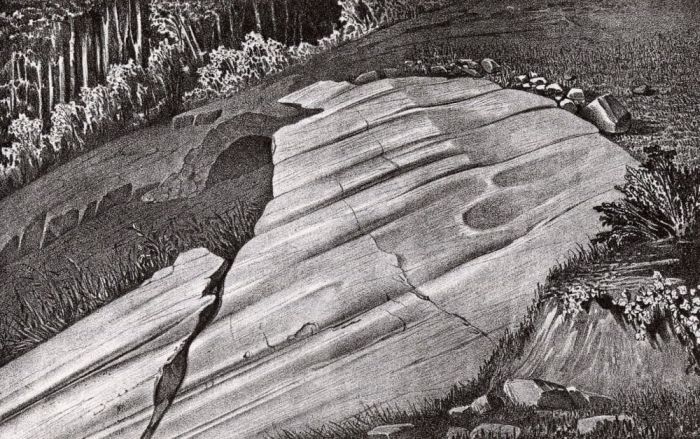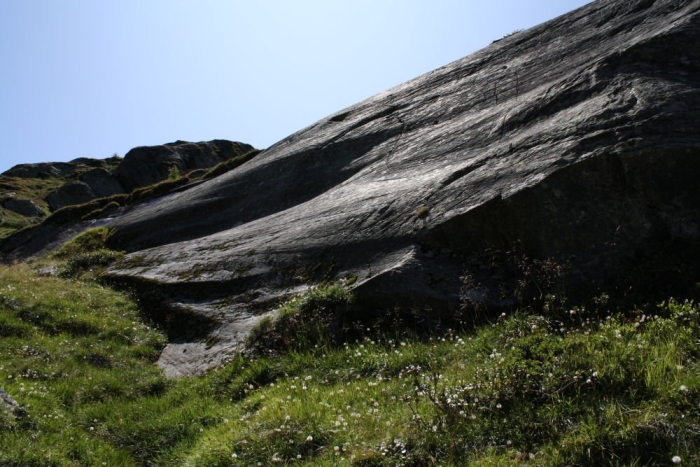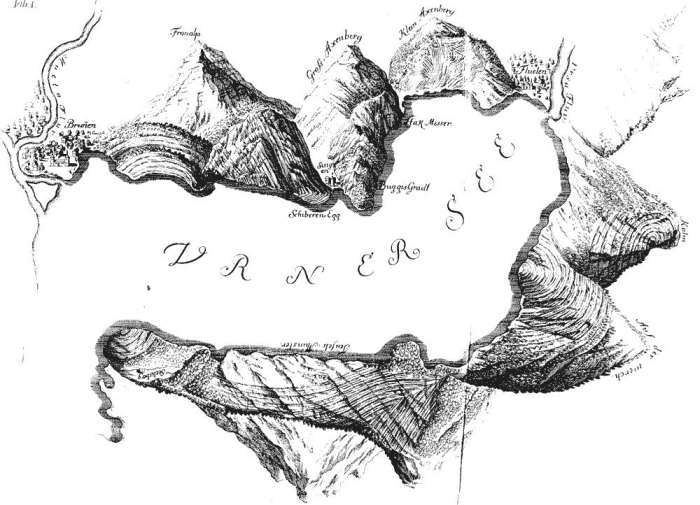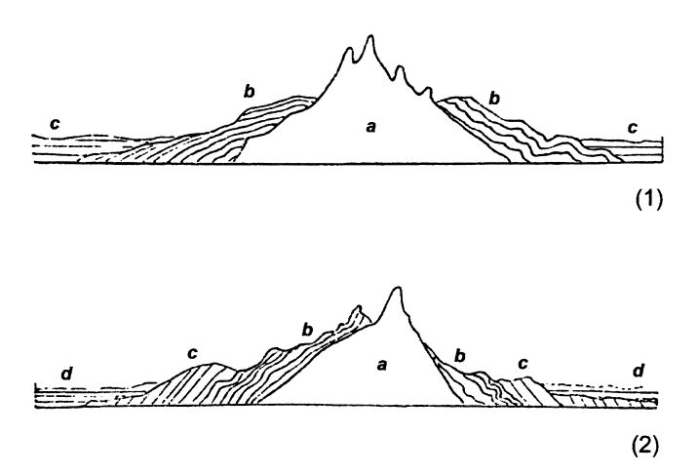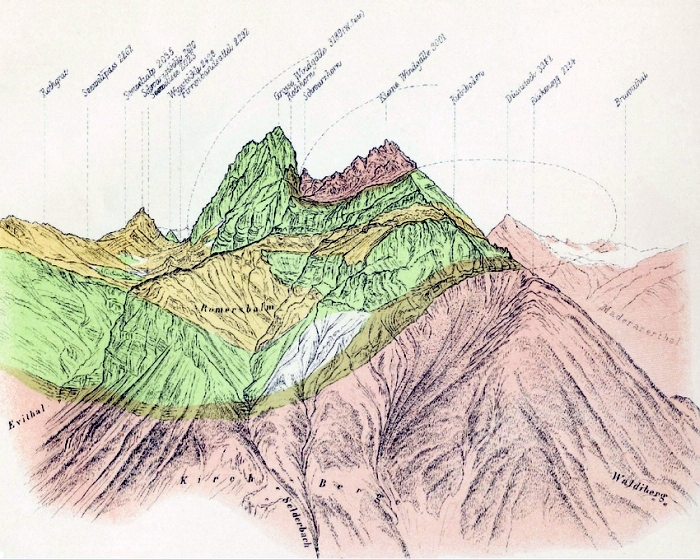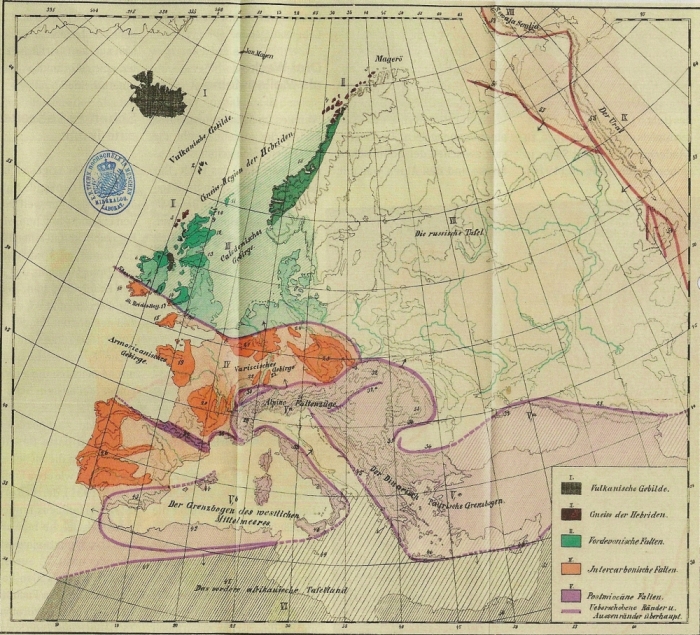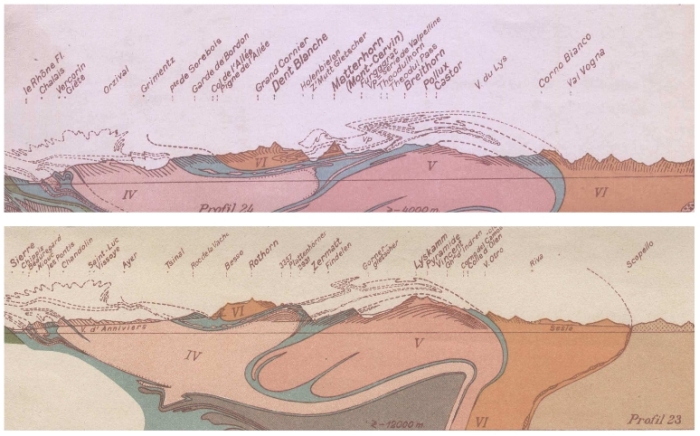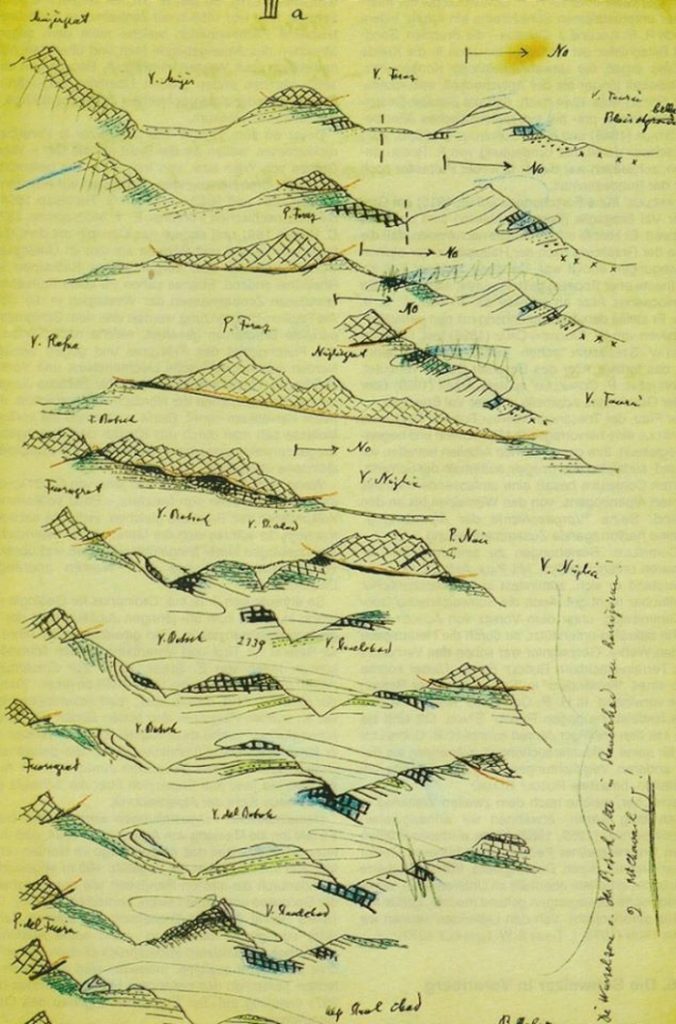„Enterprise Log: Captain James Kirk commanding. We are leaving that vast cloud of stars and planets which we call our galaxy. Behind us: Earth, Mars, Venus, even our sun are specks of dust. A question: what is out there in the black void beyond? Until now our mission has been that of space law regulation, contact with Earth colonies and investigation of alien life. But now, a new task; a probe out into where no man has gone before.“
Opening narration by Captain Kirk in the original cut of the pilot of the series.
„Where No Man Has Gone Before“ was the second pilot produced for Star Trek The Original Series, as the first pilot „The Cage“ was rejected at first by TV executives, and actually the third episode ever broadcast. Actor Leonard Nimoy was recast as Mister Spock, but it is the very first time William Shatner plays Captain James R. Kirk.
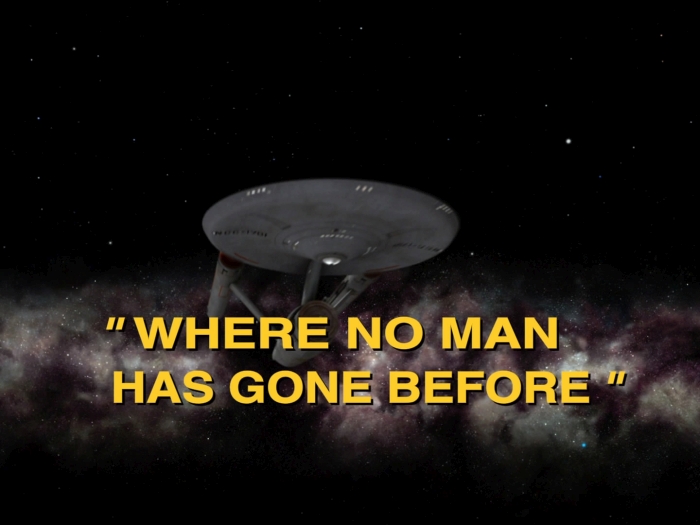
The spaceship Enterprise is patrolling the outer barrier of the galaxy, when a distress signal from the spaceship Valiant, lost over two centuries before, is received. Following the signal, they soon encounter an energy field. As they try to fly into the field, impulses of unknown energy hit some members of the crew, apparently causing some sort of accelerated evolution. Both Kirk’s friend and helmsman Gary Mitchell and ship’s psychiatrist Dr. Elizabeth Dehner quickly develop god-like psychic powers, threatening to destroy the Enterprise. As there is no way to control Mitchell, Kirk decides to leave him stranded on the nearby planet Delta Vega, a planet similar to Earth except its slightly smaller size, with an automated lithium cracking station operating there.
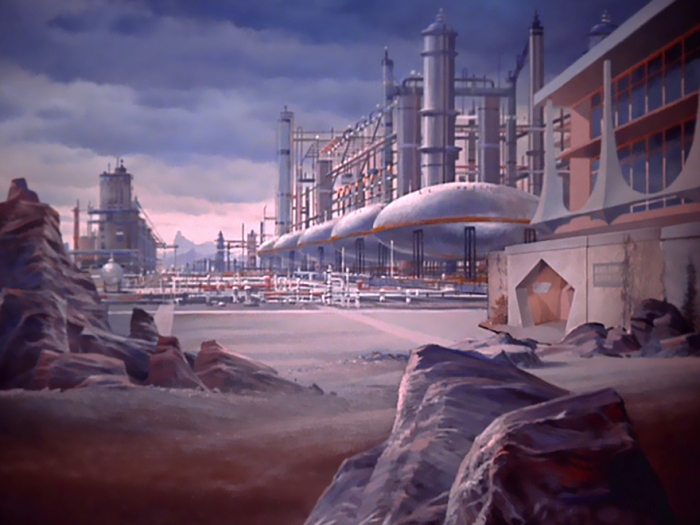
Mining an extraterrestrial world is still fiction today, but science shows that it may be profitable in the future. Asteroids are rich in rare elements like platinum, iridium, palladium, and gold. One hundred tons of rock from an asteroid might today be worth more than 9.000 dollars, compared to just 60 dollars worth the same amount of terrestrial rocks. An estimated 5.000 to 10 million asteroids can be found near Earth’s orbit and companies are already dreaming of future prospecting missions and mining spaceflights. Mining asteroids would not necessarily benefit Earth, as bringing the ore to Earth would be extremely costly, but might benefit nearby colonies, outposts, or industrial complexes in space.
The mentioned lithium, a real element, will in later episodes be replaced with the fictional dilithium. In the Star Trek universe, this mineral is not only a rare and valued gemstone known also as Radan, but it is used in matter-antimatter reactors powering spaceships. Its (supposedly) cubic crystal structure can somehow transform energy and control the flow of antimatter. This science-fiction property of the crystalline dilithium may seem far-fetched, but some real crystals – such as calcite – can filter or distort certain wavelengths of light, a form of energy.
Meanwhile, Mitchell escapes from his prison in the cracking station. Dr. Dehner is able to distract and injure Mitchell but is killed during the fight. Kirk must face the injured and weakened, but still dangerous Mitchell. After a hand-to-hand battle in the mountains and a ripped shirt, Kirk uses a phaser rifle to trigger a rockslide killing Mitchell and saving his ship.
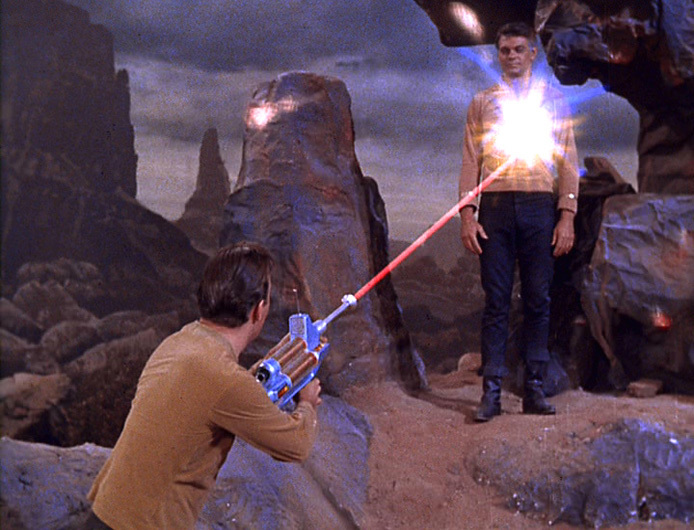
The set of the barren and rocky landscape used to show the planet’s surface was recycled from the rejected original pilot. Desert planets like Delta Vega are among the most visited by the Enterprise crew, a plot device to limit needed film sets and costs. In 79 episodes of Star Trek TOS, the Enterprise explores the geology of many planets, sometimes inhabited by humanoids or by alien lifeforms. The classification of planets in the Star Trek universe is based on size (gas giants or small, rocky worlds), composition (rock-metal core or gas), geological activity (inactive- active), atmosphere (from oxygen-rich to toxic) and comprises fourteen planet types. For example, planets suitable for humanoid lifeforms, small, rocky worlds with some geological activity and an oxygen-rich atmosphere, are classified as M after Minshara, the native name of Vulcan, homeworld of Commander Spock.
The first episode of Star Trek aired September 8, 1966, three years before the first manned Moon landing. Virtually nothing was known about the geology of other worlds. Yet the authors of Star Trek display a lot of imagination in creating exotic worlds and got many things right. In later episodes the Enterprise will explore ice worlds and lava planets. Small ice moons are very common in our solar system and the Jupiter moon Io is geologically very active, with its surface covered in sulfuric lava.
Literature:
- NOOR, M.A.F. (2018): Live Long and Evolve – What Star Trek Can Teach Us about Evolution. Princeton University Press: 208
- STEVENSON, D.S. (2018): Granite Skyscrapers – How Rocks Shaped Earth And Other Worlds. Springer: 386
